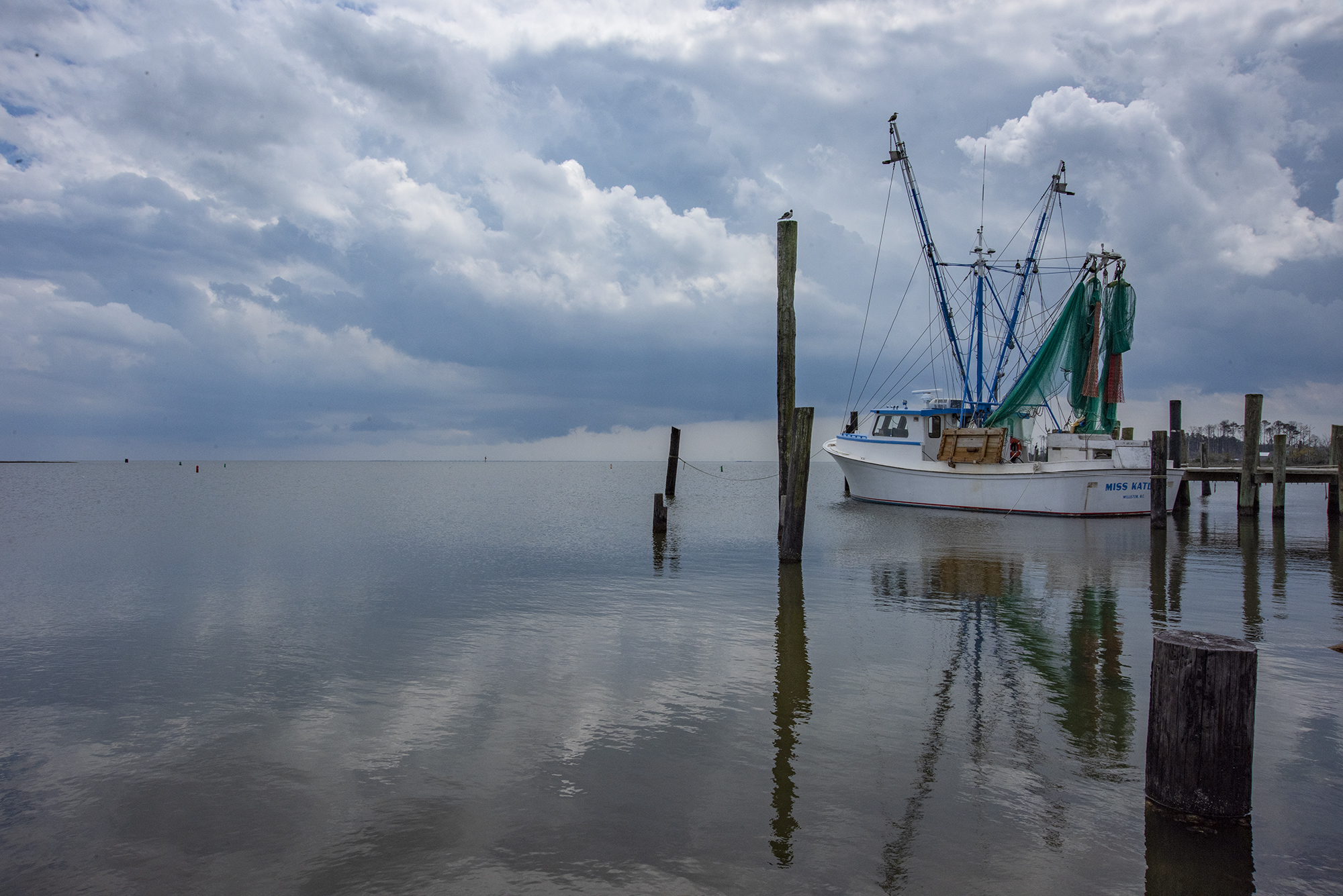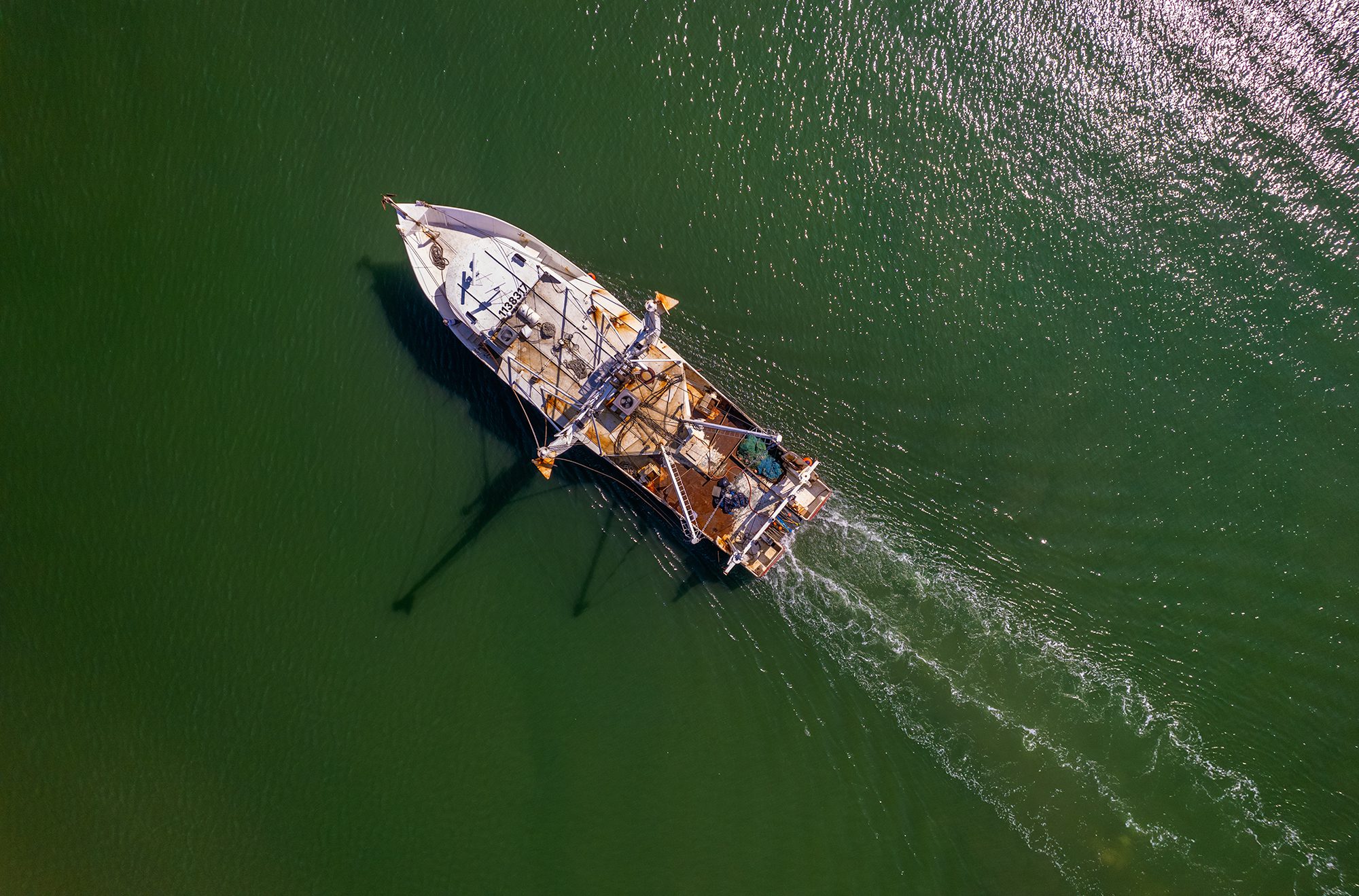The Senate and House are finalizing another set of regulatory bills including a large array of provisions that have passed one or both chambers before.
Among the dozens of changes throughout the state’s regulatory framework, the bills contain controversial coastal and water quality provisions.
Supporter Spotlight
The House is expected to take up its version of the package on Tuesday after the bill cleared its last House committee this week. The Senate passed its version of the bill earlier this month.
When the bill goes to conference, one of the first tasks will be to settle on what year it represents. Since nearly every line of the bill came from work done on a similar package last year that never passed, Senate sponsors pointedly titled their version the Regulatory Reform Act of 2016.
The House, which added a handful of new provisions, calls it the Regulatory Reform Act of 2016-2017.
The bill would require the state’s Coastal Resources Commission to permanently loosen rules on sandbag walls. It also exempts sands dredged from shoals for beach renourishment from state sand quality standards. The move would allow Bald Head Island to use sand from nearby Frying Pan Shoals and other areas to use sand from Diamond Shoals at Cape Hatteras and Lookout Shoals from Cape Lookout without sampling and testing required for sand drawn from other sources.
Rep. Pricey Harrison, D-Guilford, a former member of the CRC, said that as in previous years, the House dialed back some of the Senate’s environmental changes.
Supporter Spotlight

She said it’s likely that there will be some modification to the shoal sands provision based on input from the DCM and the Division of Marine Fisheries. The shallow areas are considered critical fisheries habitats and Harrison said she is hopeful that a compromise can be reached.
Another coastal-related provision requires the Division of Coastal Management to study long-term erosion rates in areas near terminal groins to determine if the erosion rates for the areas are accurate or need to be modified.
One other provision that stands out, Harrison said, are proposed changes in stream mitigation, a section that wasn’t voted on last year but was part of compromise worked out between House and Senate negotiators. The section was introduced in the House during one of the end-of-year special sessions, but failed after the Senate opted not to take up the bill.
The provision requires the state to formally request a change from the Army Corps of Engineers that would double the length of stream damage before mitigation requirements kick in from 150 feet to 300 feet.
This year, Harrison said, it looks like the provision could pass. House and Senate negotiators are already working on a final version of the bill to reconcile the differences between the two versions.

“I think they probably aren’t going to budge on stream mitigation,” she said, adding that there will be an amendment offered to the provision “because it is a bad provision and we need to get it out,” but she is not confident about the amendment’s chances.
In committee discussions this week, Rep. Chris Millis, R-Pender, argued strongly in favor of the provision saying the current 150-foot requirement was a burdensome regulation that has led to bad designs and lifting it could actually improve water quality.
Millis said if the corps agrees to the change, it would align North Carolina with standards in South Carolina and Georgia.
Upper Neuse Riverkeeper Matthew Starr said the changes are both bad policy and bad timing considering the extensive flooding witnessed during Hurricane Matthew.
“Just months after the worst recorded flood on the Neuse from Matthew the first bill that we’re doing with streams will ensure that we have exponentially higher risk from flooding,” he said.
Starr said the provision is a major concern because in addition to the expansion to 300 feet for all streams and rivers, it also completely eliminates all mitigation requirements for intermittent streams.
“Intermittent streams are our headwater streams that are vital to the health of downstream river networks and the entire ecosystem,” he said.
“Allowing developers to destroy any amount of intermittent streams that they wish to with zero consequences will have very negative impacts downstream from both the aquatic environment and for people,” he said. “These streams help mitigate the risk of flooding, have excellent nutrient uptake capability and provide an abundant source of food for downstream rivers.”







